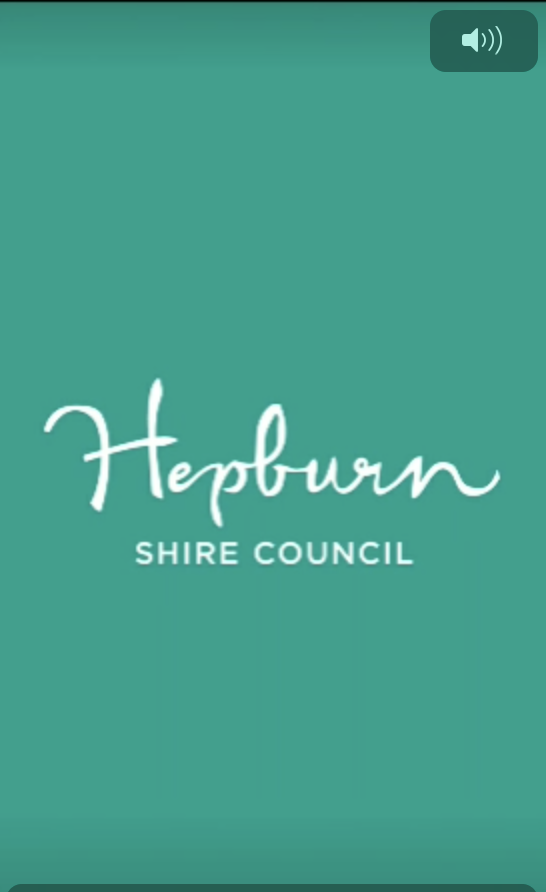November 26th, 2024‘Chart your fart’: Calling Aussies to track flatulence for science

The CSIRO, Australia’s national science agency, is calling on the community to track their farts, to help scientists better understand the frequency and characteristics of one of the leading gut health symptoms experienced by Australians.
While passing wind is a normal bodily function, a 2021 CSIRO gut health study found over 60 percent of Australians reported experiencing what they identified as excessive flatulence, with up to 43 per cent reporting experiencing it most days.
People aged 14 or older are being asked to track their flatulence for at least three days in total, using the free ‘Chart Your Fart’ phone app.
Participants will track the quantity and quality of their outputs, including attributes such as stench, loudness, duration, linger and detectability.
By sharing their fluffs, people will help to create a chart of what ‘normal’ wind may look like in different groups of Australians.
CSIRO Research Dietitian, Megan Rebuli, said that while some can find farts embarrassing and uncomfortable, healthy bodies are meant to let them go.
“Passing wind is a natural occurrence and a sign that our digestive system is working as it should, to expel excess gas that is produced from breaking down and processing the food we eat,” Ms Rebuli said.
“Talking about diet often leads into discussion about the other end of eating.
“Different foods, medical conditions, or even the way we chew, or swallow can have an impact on how our body processes the excess gas, leading to different smells, frequency or even volume.”
The Chart Your Fart campaign is part of newly launched public-led research initiative being driven by CSIRO health and wellbeing researchers in the citizen science space.
Project Lead and CSIRO Behavioural Scientist, Dr Emily Brindal, said when it comes to health and wellbeing, the community bring personal experience and observations that can better inform research.
“Research is only as good as the data we have, and we want to work with as much of our diverse Australian community as we can to drive innovation in health and wellbeing research and deliver meaningful outcomes,” Dr Brindal said.
“We want to showcase the potential of public-led research and ask the community to come on board with shaping our future health and wellbeing science.
“We rely on the public to share their experience with us for so much of our health and wellbeing research, but we also want to hear what research the community wants us to do – it is about keeping it real and relevant, but why not have some fun too?”
To take part in the Chart Your Fart campaign please register.
Find out more about CSIRO’s Health and Wellbeing community science projects.
Story & Image: Supplied by CSIRO










